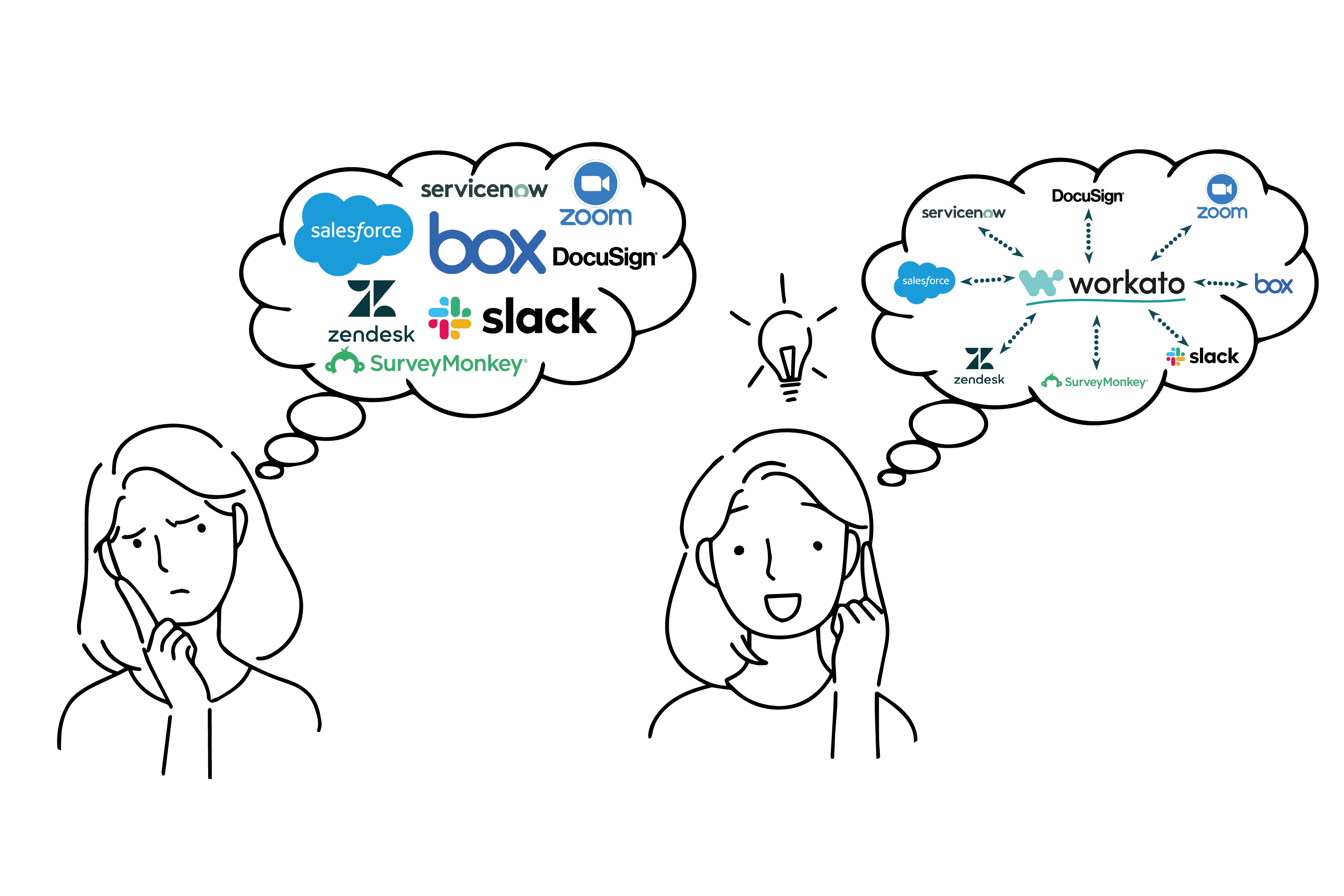Sign Up for Our
Updates
Many people in healthcare are still discovering how Robotic Process Automation (RPA) works and how they can leverage it within their organisation.
As Head of Healthcare here at Alphalake I speak to trusts up and down the country about RPA on a daily basis and have realised that lots of people aren’t sure what it is or how it can help them.
Across the next few months, I will be writing short blog posts to give you an understanding of RPA, how it can be used and also to share with you the successes and challenges that trusts I work with are facing.
First, let’s start with the basics.
What is RPA?
In short, RPA is automation software powered by Ai. You can automate an entire process with each section being completed by a number of bots.
The power in RPA is that it can mimic anything a human does on a computer, but complete it 5x times faster. Oh and for 168 hours per week (i.e. 24×7). It’s powerful stuff.
How can you use RPA in healthcare?
Imagine that you are in an acute hospital setting with 1 hour to check every patient into A&E. You could merrily log into every system and design a perfectly laid out two page PDF summary ready for clinicians to see their medication, inpatient letters, recent imaging and latest bloods. Now, imagine that you have a bot powered by RPA and you could do that in five minutes.
Now, before you resign and head to the Bahamas awaiting the end of the age of the human workforce, have a think about what I have said.
RPA in the situation above would use an “attended bot”. What this means is a human would trigger the process. I have mentioned one use case above, but imagine you were at your computer and had five buttons.
Button 1 could generate PDF summaries for the 100 inpatients visiting the clinic today.
Button 2 could use a bot to read 300 pages of doctors notes and copy them each into the correct patient record.
Button 3 could compare 1000 records of two systems and ensure they both contain the same information.
Button 4 could process 100 referrals from doctors to other specialities and automatically schedule an appointment.
Button 5 would pull the summary care record information from the 100 inpatients, place it in a helpful PDF, and ping it securely to the correct consultant 5 minutes before each appointment.
Each of those buttons would need a human to trigger the process and to do a number of checks before running the process. Automation acts almost like a bionic exoskeleton which enables you to be faster and more effective.
In the NHS, RPA frees up the unnecessary tasks which enable you to be more human. After all, there is no automation to provide compassionate care, but there is you.

.jpg)



